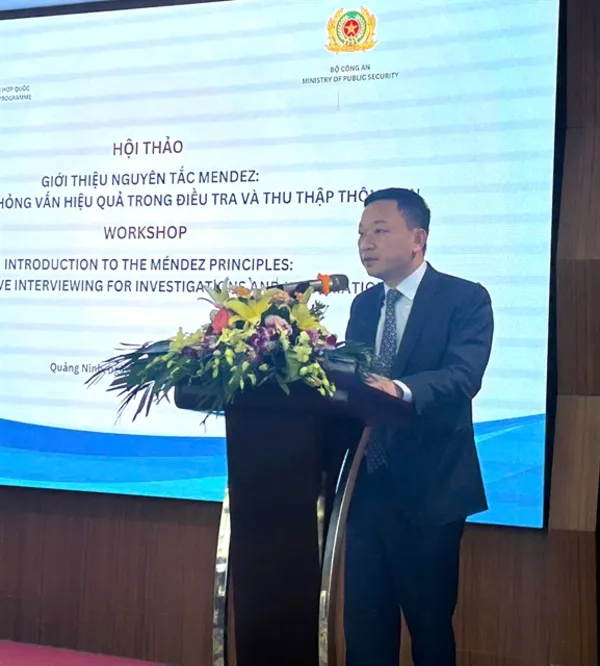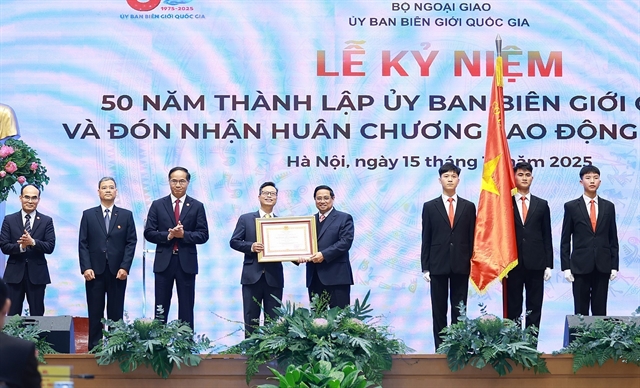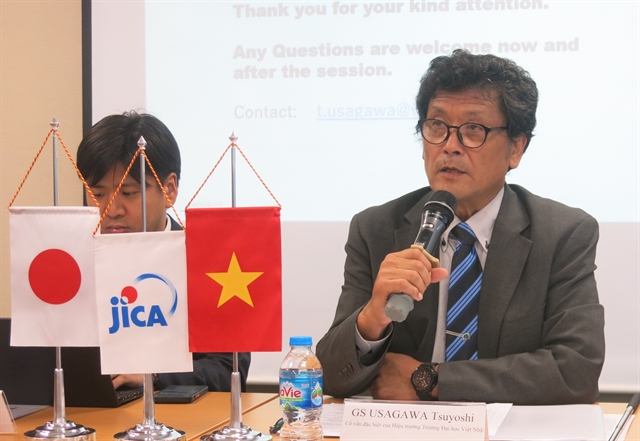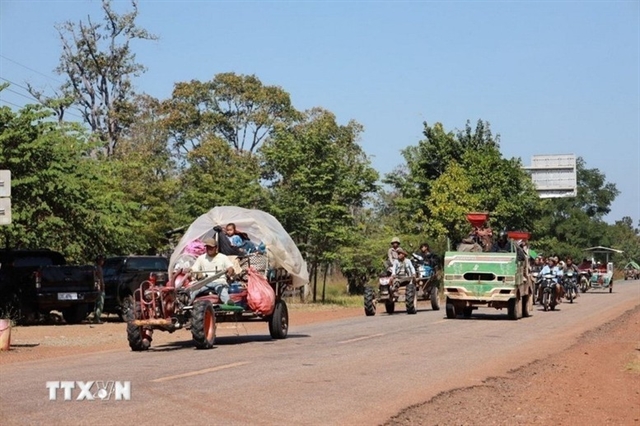 Opinion
Opinion

 |
| Professor Usagawa Tsuyoshi. VNS Photo Nguyễn Hằng |
Professor Usagawa Tsuyoshi, former vice president of Kumamoto University in Kyushu and currently Special Adviser to the Rector of Việt Nam-Japan University in charge of semiconductor personnel training, spoke with Việt Nam News reporter Nguyễn Hằng about Việt Nam’s potential to nurture talent in this vital industry.
Q: What is your assessment of the potential for human resource training in the semiconductor industry in Việt Nam, Professor?
Simply very high. I think Việt Nam is already good at the design stage and the packaging-and-testing stage of the semiconductor industry. This means higher education institutes in Việt Nam have the capability to supply skilled professionals at the current technological level.
The issue is the extremely rapid development of technology. All higher education institutes must upgrade their education to meet the needs of the next stage of industry. This means that collaboration with enterprises and universities is key.
Q: What stages should Việt Nam's semiconductor industry training focus on and why?
Of course, it is necessary to supply human resources to support the current semiconductor industry.
Some universities must prepare for future demand to enhance semiconductor-related fields. This means not only design, chip fabrication and packaging-testing, but also AI and data sciences for various application fields.
The industry requires a very wide range of multidisciplinary knowledge and skills, but it is not possible to provide this through one single programme. Thus, collaboration among programmes, enterprises and national research institutes, as well as international universities and enterprises, is required. I think Việt Nam National University Hà Nội has very strong members and good institutes, and Hòa Lạc Hi-Tech Park accommodates many top research and educational institutes.
From an industry point of view, currently human resources focusing on the design stage and packaging-testing stage are required. However, in order to strengthen the semiconductor ecosystem in Việt Nam, it is necessary to shift to 2D and 3D advanced packaging, which requires the knowledge and skills of chip fabrication. Universities are required to prepare for worker demand for researchers and engineers.
Q: Could you tell us about the cooperation between Japan and Việt Nam in staff training for the semiconductor industry?
The chip fabrication stage of the industry is not yet established. In order to complete the semiconductor ecosystem among Vietnamese companies and in order to shift from conventional packaging and testing to advanced packaging, knowledge and experience of the chip fabrication stage are required.
Utilising connections with Japanese universities and enterprises, the Việt Nam-Japan University can provide such an educational environment. Also, the university can share such an environment with other universities in Việt Nam. I hope the university can be a window to Japan, providing a channel for various universities.
 |
| Young students enthusiastically visit the Việt Nam Semiconductor Industry Exhibition 2024 in Hà Nội. VNA/VNS Photo Tuấn Anh |
Q: What financial incentives or risk-sharing mechanisms should be introduced to attract investment from Việt Nam and Japan?
Like other hi-tech fields, the semiconductor field is high risk and high return. Technological strength is essential to access the market. The industry requires a huge range of disciplines across the supply chain, from IT to material sciences, from chemistry to quantum physics, from telecommunication to mechatronics, as well as precision manufacturing.
Chip fabrication and advanced packaging are not labour-intensive fields, thus the labour share is small compared to other industries, such as automobiles or electronics. This means the gap between labour and total cost does not attract investment. Thus, hi-tech human resources are extremely important.
Q: Could you please share some of Japan's experiences in training human resources for this industry?
Nobody will argue about the importance of semiconductors, and the whole world has a very strong interest. The issue is how to attract young talent to the field. In Japan, the population is shrinking, thus the volume of human resource is limited. If you take a look at the PISA results from the OECD, Japan ranks No 1 in maths and No 2 in science for grade six, age 12. This means both girls and boys are good at maths and science.
However, at the level of university entrance stage, only 21 per cent of female students choose science and engineering.
Based on this background, Japan is trying to attract the attention of female students to science and technology, including semiconductors. For example, female students make up about 10 per cent of the School of Engineering, Kumamoto University. That is why when we opened the School of Informatics, the Data Science Semiconductor course introduced a special admission quota for female students. The quota is still small, but it helps attract female students to join the school.
I think that the gender balance in Việt Nam is better than in Japan, but in order to encourage the young generation, it is worth considering models like this here in Việt Nam. VNS




